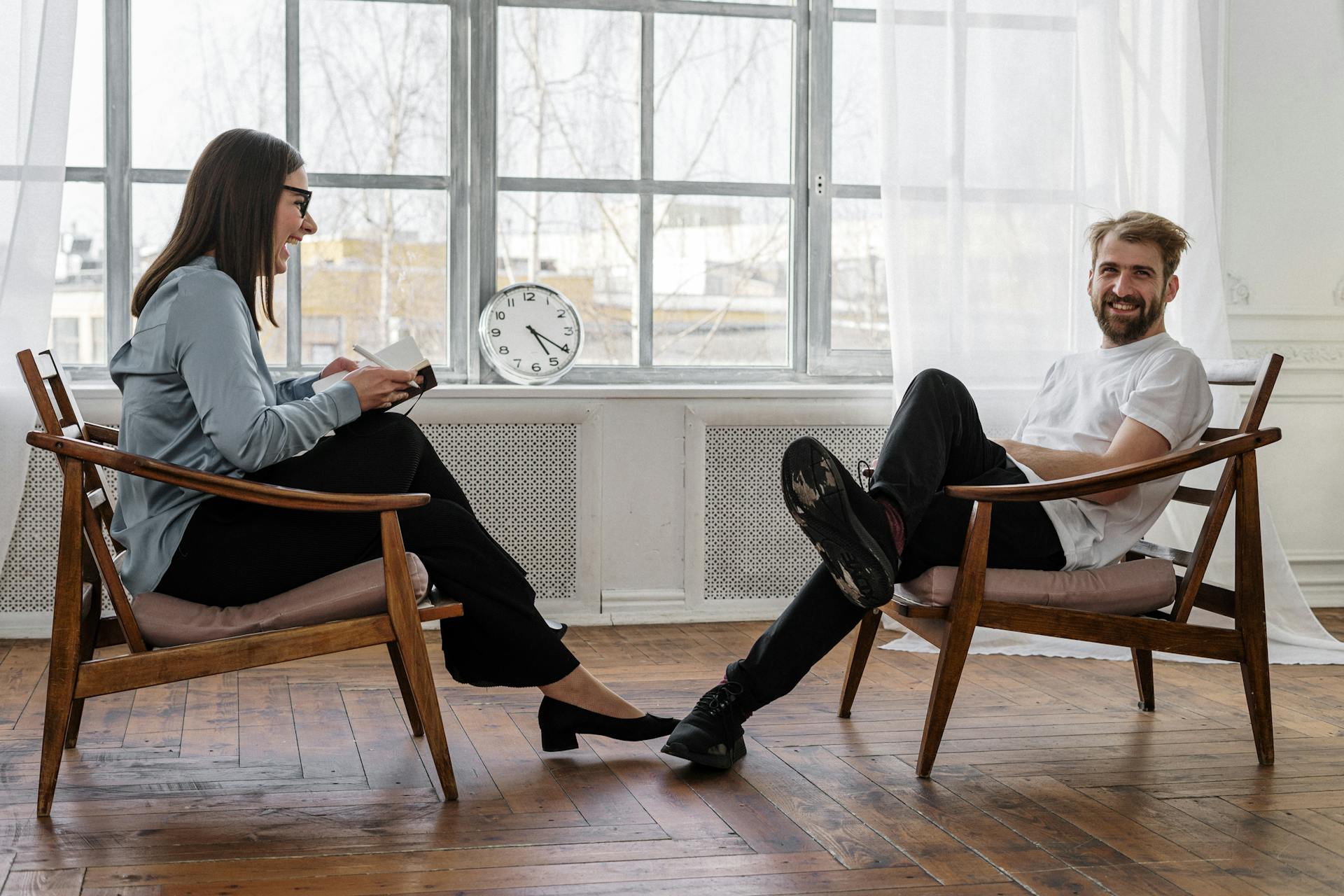The environments we inhabit significantly influence our mental and emotional states. In the realm of interior design, understanding the psychology of space is vital for creating environments that promote well-being and enhance quality of life. This article delves into how thoughtful design choices can foster a sense of calm, inspiration, and connection in our living and working spaces.
The Impact of Colour on Mood
Colour is one of the most powerful tools in interior design, capable of evoking emotions and setting the tone for a space. Research indicates that certain colours can influence our feelings and behaviours. For instance:
- Warm colours like reds and oranges can stimulate energy and creativity but may also lead to feelings of agitation if overused.
- Cool colours, such as blues and greens, are often associated with calmness and serenity, making them ideal for spaces designed for relaxation, such as bedrooms or meditation areas.
When designing a space, it’s essential to consider how colour choices will impact the overall atmosphere and how they align with the intended function of the room. For example, a home office might benefit from energising yellows or soft greens to promote focus and productivity.
The Role of Natural Light
Natural light is another crucial element that significantly impacts well-being. Exposure to sunlight has been shown to enhance mood and regulate circadian rhythms, which are vital for maintaining healthy sleep patterns. Incorporating ample natural light into a design can be achieved through:
- Large windowsthat invite the outdoors in.
- Skylightsthat bring light into darker spaces.
- Light, airy curtainsthat allow for privacy while still letting in sunlight.
Designers can strategically place mirrors to reflect light, creating a brighter and more open atmosphere. A well-lit space not only feels more welcoming but also positively affects mental health and productivity.
The Importance of Space
The concept of space in design goes beyond mere dimensions; it encompasses how we perceive and interact with our environment. The arrangement of furniture, the scale of decor, and the allocation of open areas all contribute to the overall experience of a space.
- Open vs. Closed Spaces: Open spaces encourage interaction and movement, promoting social engagement, while closed spaces can provide a sense of security and intimacy. Striking the right balance between the two is crucial for designing spaces that feel both inviting and comfortable.
- Personal Space: It’s essential to consider personal space within shared environments. Well-designed spaces should allow individuals to feel secure and at ease, even in communal areas. This can be achieved through strategic furniture placement and thoughtful zoning.
- Spatial Flow: The flow between different areas in a home or office is essential for functionality. An intuitive layout that guides movement can enhance the overall experience, making spaces feel more connected and harmonious.
How Expert Interior Designers Do It Well
For those looking to transform their spaces into havens of well-being, expert interior designers play a crucial role in creating environments that meet both aesthetic and functional needs. They excel in several key areas:
- Comprehensive Planning: Expert designers begin with an in-depth understanding of the client’s lifestyle, preferences, and goals. This allows them to create tailored spaces that reflect individual needs while ensuring that every element works together cohesively.
- Innovative Solutions: With a keen eye for detail and an understanding of spatial dynamics, interior designers can implement innovative solutions that optimise space. They know how to maximise functionality without compromising style, whether through custom-built furniture or creative storage solutions.
- Emotional Connection: Skilled designers understand that successful design is about more than just looks. They aim to evoke specific emotions through their choices, ensuring that each space resonates with the intended atmosphere. This can involve selecting the right colour palettes, textures, and decor to create a desired mood.
- Sustainability: Many expert designers incorporate sustainable practices into their work, selecting eco-friendly materials and energy-efficient solutions that promote health and well-being while minimising environmental impact.
For those looking to elevate their living spaces, you can visit novaricollective.com.au to discover trusted interior design services that prioritise both style and well-being, ensuring a home that feels as good as it looks
Final Touches
The psychology of space plays a crucial role in our overall well-being. By understanding the impact of colour, natural light, spatial dynamics, and the incorporation of nature, we can create environments that enhance our mental and emotional states. Thoughtful design choices lead to spaces that not only look good but also feel good, fostering a sense of harmony and balance in our lives.

